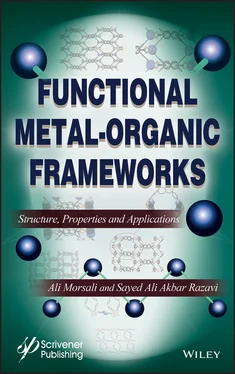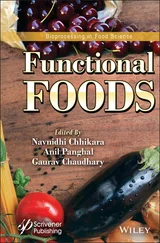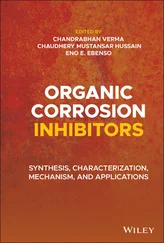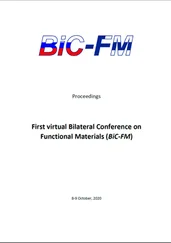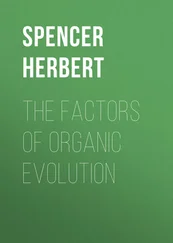32 26
33 27
34 28
35 29
36 30
37 31
38 32
39 33
40 34
41 35
42 37
43 38
44 39
45 40
46 41
47 42
48 43
49 44
50 45
51 46
52 47
53 48
54 49
55 50
56 51
57 52
58 53
59 54
60 55
61 56
62 57
63 58
64 59
65 60
66 61
67 62
68 63
69 64
70 65
71 66
72 67
73 68
74 69
75 70
76 71
77 72
78 73
79 74
80 75
81 76
82 77
83 79
84 80
85 81
86 82
87 83
88 84
89 85
90 86
91 87
92 88
93 89
94 90
95 91
96 92
97 93
98 94
99 95
100 96
101 97
102 98
103 99
104 100
105 101
106 102
107 103
108 104
109 105
110 106
111 107
112 108
113 109
114 110
115 111
116 112
117 113
118 114
119 115
120 116
121 117
122 118
123 119
124 120
125 121
126 122
127 123
128 124
129 125
130 126
131 127
132 128
133 129
134 130
135 131
136 132
137 133
138 134
139 135
140 136
141 137
142 138
143 139
144 140
145 141
146 142
147 143
148 144
149 145
150 146
151 147
152 148
153 149
154 150
155 151
156 152
157 153
158 154
159 155
160 156
161 157
162 158
163 159
164 160
165 161
166 162
167 163
168 164
169 165
170 166
171 167
172 168
173 169
174 170
175 171
176 172
177 173
178 174
179 175
180 176
181 177
182 178
183 179
184 180
185 181
186 182
187 183
188 184
189 185
190 186
191 187
192 188
193 189
194 190
195 191
196 192
197 193
198 194
199 195
200 196
201 197
202 198
203 199
204 201
205 202
206 203
207 204
208 205
209 206
210 207
211 208
212 209
213 210
214 211
215 212
216 213
217 214
218 215
219 216
220 217
221 218
222 219
223 220
224 221
225 222
226 223
227 224
228 225
229 226
230 227
231 228
232 229
233 231
234 232
235 233
236 234
237 235
238 236
239 237
240 238
241 239
242 240
243 241
244 242
245 243
Scrivener Publishing
100 Cummings Center, Suite 541J
Beverly, MA 01915-6106
Publishers at Scrivener
Martin Scrivener ( martin@scrivenerpublishing.com)
Phillip Carmical ( pcarmical@scrivenerpublishing.com)
Functional Metal-Organic Frameworks
Structure, Properties and Applications
Ali Morsali and Sayed Ali Akbar Razavi
Department of Chemistry, Faculty of Sciences, Tarbiat Modares University, Tehran, Iran
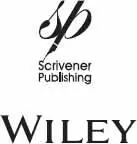
This edition first published 2021 by John Wiley & Sons, Inc., 111 River Street, Hoboken, NJ 07030, USA and Scrivener Publishing LLC, 100 Cummings Center, Suite 541J, Beverly, MA 01915, USA
© 2021 Scrivener Publishing LLC
For more information about Scrivener publications please visit www.scrivenerpublishing.com.
All rights reserved. No part of this publication may be reproduced, stored in a retrieval system, or transmitted, in any form or by any means, electronic, mechanical, photocopying, recording, or other- wise, except as permitted by law. Advice on how to obtain permission to reuse material from this title is available at http://www.wiley.com/go/permissions.
Wiley Global Headquarters
111 River Street, Hoboken, NJ 07030, USA
For details of our global editorial offices, customer services, and more information about Wiley prod- ucts visit us at www.wiley.com.
Limit of Liability/Disclaimer of Warranty
While the publisher and authors have used their best efforts in preparing this work, they make no representations or warranties with respect to the accuracy or completeness of the contents of this work and specifically disclaim all warranties, including without limitation any implied warranties of merchantability or fitness for a particular purpose. No warranty may be created or extended by sales representatives, written sales materials, or promotional statements for this work. The fact that an organization, website, or product is referred to in this work as a citation and/or potential source of further information does not mean that the publisher and authors endorse the information or services the organization, website, or product may provide or recommendations it may make. This work is sold with the understanding that the publisher is not engaged in rendering professional services. The advice and strategies contained herein may not be suitable for your situation. You should consult with a specialist where appropriate. Neither the publisher nor authors shall be liable for any loss of profit or any other commercial damages, including but not limited to special, incidental, consequential, or other damages. Further, readers should be aware that websites listed in this work may have changed or disappeared between when this work was written and when it is read.
Library of Congress Cataloging-in-Publication Data
ISBN 9781119640431
Cover image: Pixabay.Com
Cover design by Russell Richardson
Set in size of 11pt and Minion Pro by Manila Typesetting Company, Makati, Philippines
As a subclass of coordination polymers and porous materials, metal– organic frameworks (MOFs) are composed of a dual organic–inorganic structure based on organic (organic linkers) and inorganic (metal ions/clusters) building blocks. In structural view, a unique kind of connection between organic linkers and inorganic nodes leads to construction of a three-dimensional framework with vacant spaces between building blocks. Owing to unlimited possibility in selection of organic ligands and metal ions/clusters, theoretically it is feasible to synthesis an unlimited number of frameworks.
In recent decades, MOFs received lots of attention in the world of material science and chemistry. Such tremendous attention is owing to their unique chemical characters such as hybrid organic–inorganic nature, high porosity and surface area, tunability in chemical functionality, highly ordered and crystalline structure and moderate-to-high chemical and thermal stabilities. Each one of these chemical properties enable MOFs to apply for specific purpose, but the ability to functionalize MOFs is a specific character to improve the capability of MOFs in different field of applications.
There are three ways for functionalization of MOFs including: (I) using functional organic linker, (II) pore functionalization through immobilization of other functional materials and (III) functionalization of inorganic nodes of the framework. Owing to versatile kind of organic functional groups, linker functionalization is recognized as a favorite strategy to tailor the chemical properties and enrich the host-guest chemistry of functional metal–organic frameworks (FMOFs).
In this book, we tried to review the literature to gain deep insight about the effects of linker functionalization on structure and host-guest chemistry of FMOFs. The content of this book is useful for gaining better understanding of the structural and chemical properties of FMOFs. Considering our strategy in this book, we believe that this book is interesting for diverse group of scientists like chemists, material engineers and anyone who is working on supramolecular chemistry of MOFs and designing functional materials.
Читать дальше
